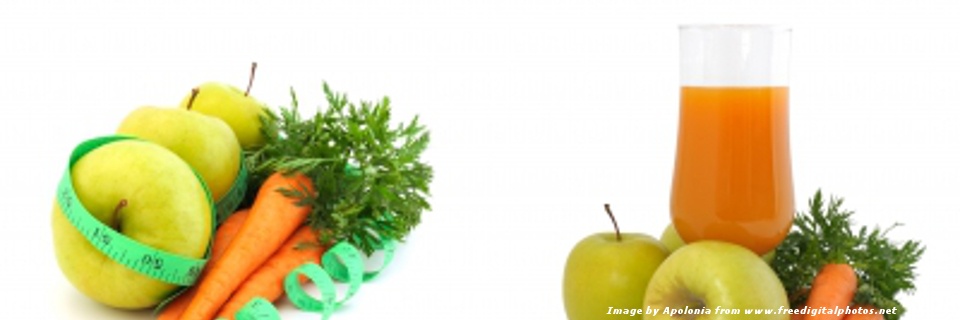Scientific Opinion on the risks to public health related to the presence of perchlorate in food, in particular fruits and vegetables

27/10/2014
Following a request from the European Commission, the EFSA Panel on Contaminants in the Food Chain (CONTAM Panel) was asked to deliver a scientific opinion on the risks to public health related to the presence of perchlorate in food, in particular fruits and vegetables.Perchlorate (ClO4-) is a chemical contaminant which is released in the environment from both natural and anthropogenic sources .These include the use of fertilisers of natural origin in which perchlorate may be present, such as: Chilean nitrate; industrial emissions of perchlorate into the environment, in particular resulting from the use of ammonium perchlorate in solid propellants for rocket and missiles; the natural formation of perchlorate in the atmosphere and surface water, and the formation of perchlorate during the degradation of chlorine-based products such as sodium or calcium hypochlorite.While industrial emissions are not expected to represent a main and widespread source of contamination in Europe, the use of natural fertilisers such as Chilean nitrate may lead to substantial concentrations in fruit and vegetables, due to the efficient uptake via the plant roots. Similarly, plant irrigation with perchlorate-contaminated groundwater can contribute to accumulation of perchlorate in fruit and vegetables.Water disinfection with chlorine-based biocidal products, potentially degrading to perchlorate, could be another notable source of contamination for drinking water and food.Additional sources of contamination, such as the use of chlorine-based products in biocidal applications other than water disinfection and plant protection applications and the natural formation of perchlorate in the atmosphere and in surface water, could marginally contribute to the presence of perchlorate in food and drinking water.Perchlorate has been reported to occur in a wide range of foods, including vegetables, fruit, milk and dairy products, juice, beer, wine and bottled water. In a recent assessment from 2010, the Joint FAO/WHO Committee on Food Additives (JECFA) reviewed the available occurrence data and observed the highest mean concentrations in vegetables (range of means 4.8-110 μg/kg), fruits (range of means 0.5-28 μg/kg), vegetable and fruit juice (26 μg/kg) and infant formulae (10 μg/kg).EFSA received analytical results for 4 731 samples submitted by six Member States, mainly for fruits, vegetables, and fruit and vegetable products.The EFSA Panel on Contaminants in the Food Chain (CONTAM Panel) performed estimates of both chronic and ‘short-term' exposure considering the available dataset, and data from the literature on the levels of perchlorate in fruit juices, alcoholic beverages, milk, infant formulae and breast milk.The CONTAM Panel established a tolerable daily intake of 0.3 μg/kg body weight per day, based on the inhibition of thyroid iodine uptake in healthy adults. Amongst the vulnerable subpopulations, potential acute effects of perchlorate have been suggested for fetuses and infants.The CONTAM Panel noted that a single acute exposure to perchlorate at levels found in food and water is unlikely to cause adverse effects on human health, including the more vulnerable groups of the population, and concluded that the establishment of an acute reference dose for perchlorate is not warranted.Overall, the CONTAM Panel concluded that the chronic dietary exposure to perchlorate is of potential concern, in particular for the high consumers in the younger age groups of the population with mild to moderate iodine deficiency. Furthermore, it is possible that short-term exposure to perchlorate is of concern for breast-fed infants and small children with low iodine intake.

